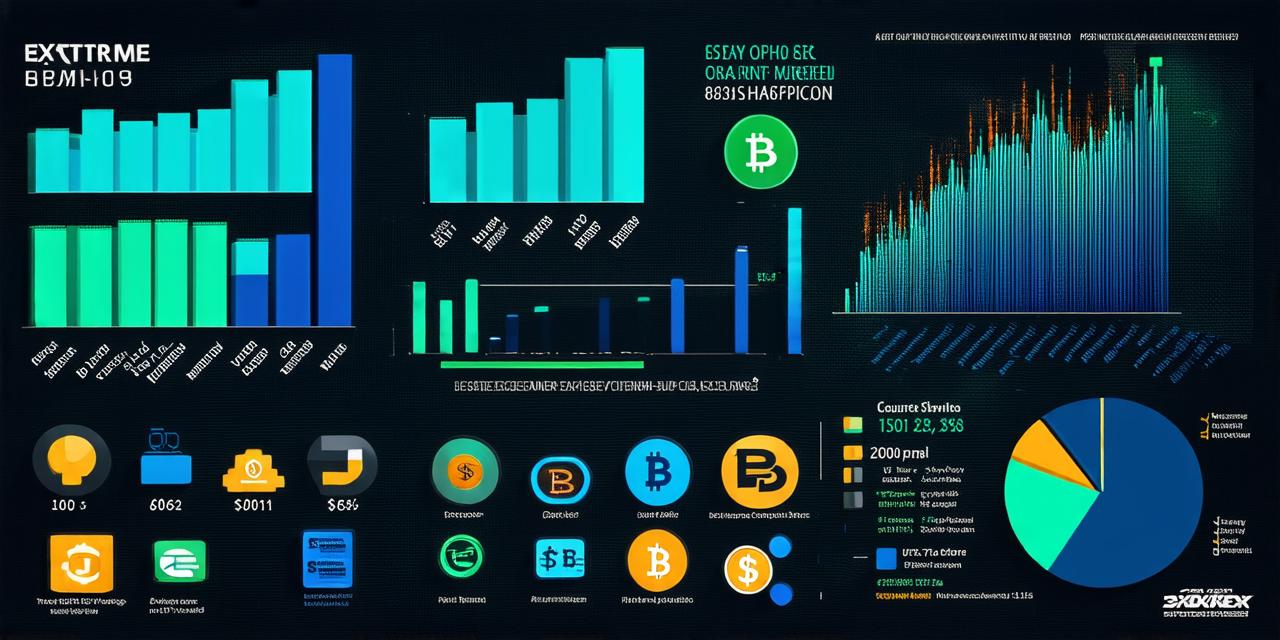
How to make crypto exchange
In recent years, cryptocurrencies have gained immense popularity among people worldwide. One of the key drivers behind this growth is the increasing number of cryptocurrency exchanges that allow users to buy and sell different types of cryptocurrencies.
Introduction
If you are a developer who wants to create your own cryptocurrency exchange, this guide is for you. In this article, we will explore the different aspects of creating a successful crypto exchange, including its features, technical requirements, and best practices. We will also discuss some of the challenges that you might face during the development process and provide tips on how to overcome them.
Features of a Crypto Exchange
Before diving into the technical details of building a crypto exchange, it is important to understand its key features. These include:
- User Registration and Authentication: Users must be able to register for an account on your exchange platform, provide their personal information and undergo KYC (Know Your Customer) verification. This process helps prevent fraud and money laundering activities.
- Asset Listing: You need to list the cryptocurrencies that you want to trade on your exchange. This includes popular coins like Bitcoin, Ethereum, and Litecoin, as well as lesser-known altcoins.
- Order Book: An order book is a record of all buy and sell orders placed on the exchange. It helps match buyers with sellers and determines the market price of a cryptocurrency.
- Trading Platform: The trading platform should be user-friendly, intuitive, and accessible to both experienced traders and newbies.
- Deposit and Withdrawal Options: Users must be able to deposit and withdraw their digital assets from the exchange in various forms such as fiat currency, cryptocurrency or stablecoins.
- Security Measures: Your exchange platform must have robust security measures to protect user data, prevent hacking attempts and safeguard against market manipulation.
Technical Requirements for a Crypto Exchange
Once you have decided on the features of your crypto exchange, it is time to delve into the technical requirements. Here are some of the essential components:
- Smart Contracts: Smart contracts are self-executing contracts with the terms of the agreement between buyer and seller being directly written into lines of code. They provide a secure and transparent way of trading cryptocurrencies on your exchange platform.
- Blockchain Technology: Your exchange must be built on top of a blockchain technology like Ethereum, Hyperledger, or EOS. This will ensure that all transactions are recorded on a public ledger and cannot be tampered with.
- API Integration: You need to integrate your exchange platform with APIs (Application Programming Interfaces) that allow it to interact with other cryptocurrency exchanges, wallets, and other services. This will enable seamless trading and make it easier for users to transfer their digital assets.
- Backend Infrastructure: Your exchange must have a robust backend infrastructure that can handle a large number of transactions, users, and data storage requirements. You may need to use cloud-based services like Amazon Web Services or Microsoft Azure for this purpose.
- User Interface Development: The frontend of your exchange platform should be developed using modern web technologies like HTML, CSS, and JavaScript. It should be user-friendly, accessible, and responsive across different devices.
Best Practices for Building a Crypto Exchange
Now that we have discussed the features and technical requirements of a crypto exchange, let’s take a look at some best practices that you should follow while building your platform:

- Compliance with Regulations: Always comply with local regulations regarding cryptocurrency trading and exchanges. Failure to do so can result in legal penalties and damage to your reputation.
- User Experience: Prioritize user experience when designing your exchange platform. Make sure it is easy to use, intuitive, and accessible to all users.
- Security Measures: Implement robust security measures to protect user data and prevent hacking attempts. This includes using two-factor authentication, SSL encryption, and regular security audits.

